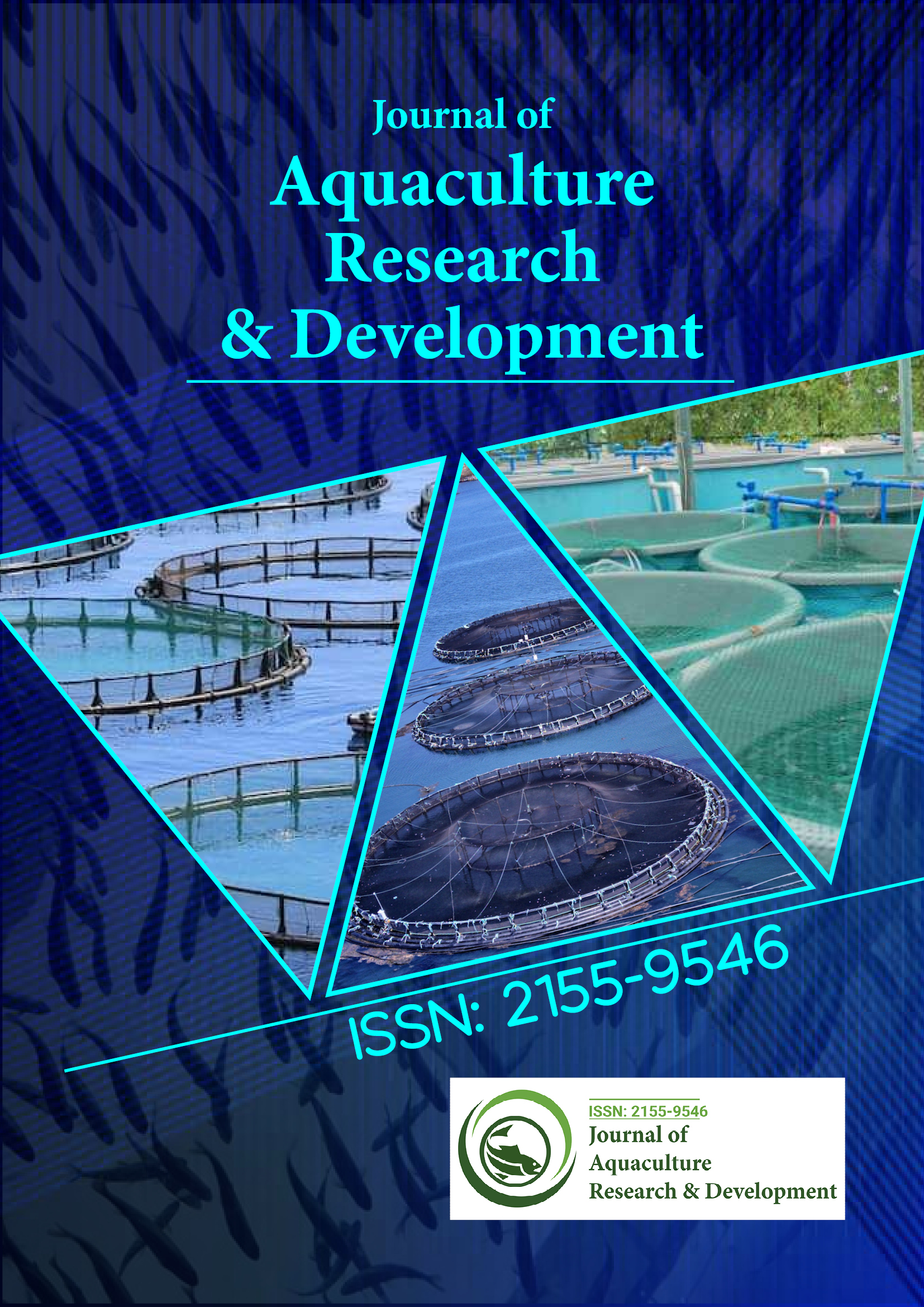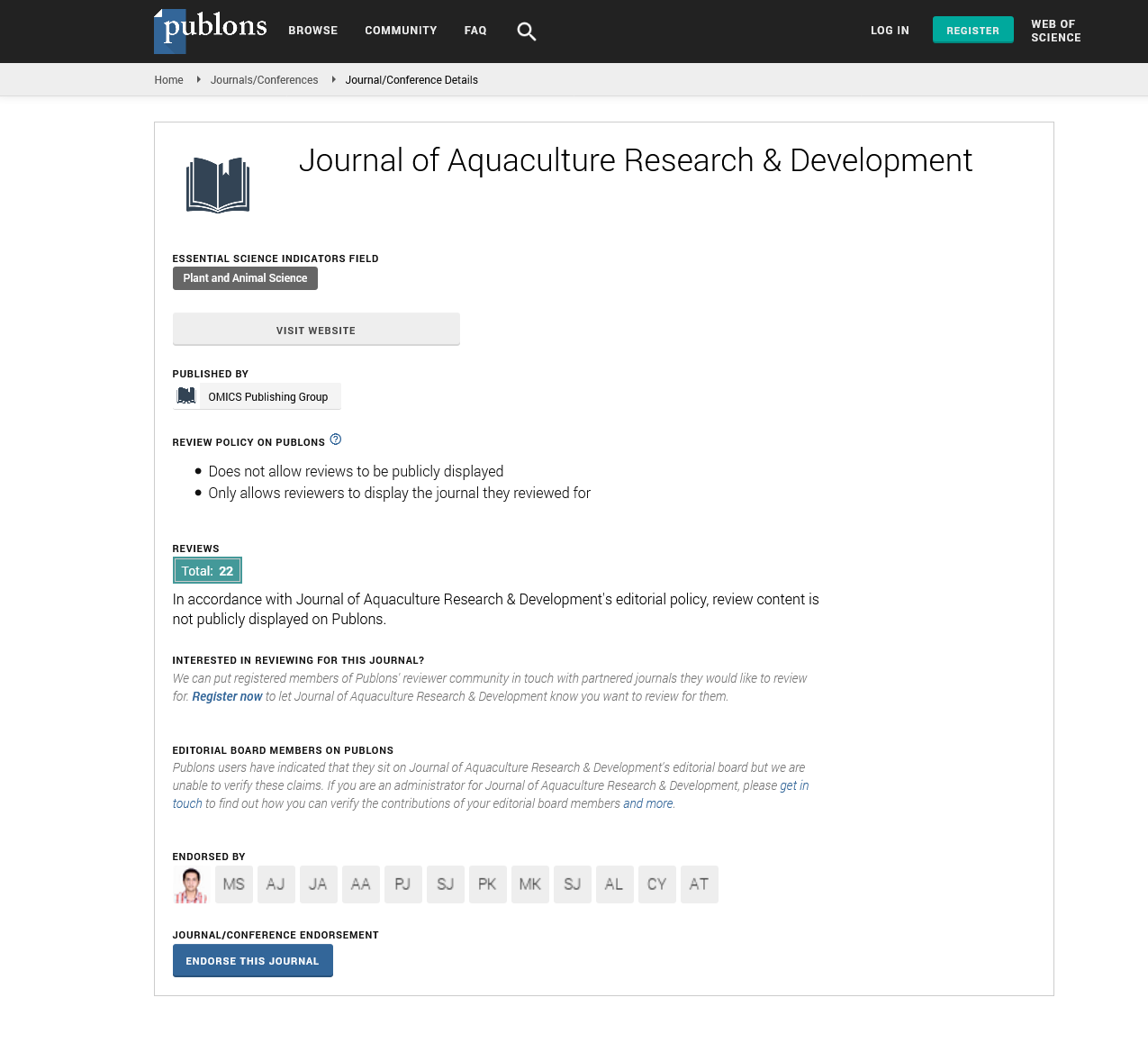Indexed In
- Online Access to Research in the Environment (OARE)
- Open J Gate
- Genamics JournalSeek
- JournalTOCs
- Scimago
- Ulrich's Periodicals Directory
- Access to Global Online Research in Agriculture (AGORA)
- Electronic Journals Library
- Centre for Agriculture and Biosciences International (CABI)
- RefSeek
- Directory of Research Journal Indexing (DRJI)
- Hamdard University
- EBSCO A-Z
- OCLC- WorldCat
- Scholarsteer
- SWB online catalog
- Virtual Library of Biology (vifabio)
- Publons
- MIAR
- University Grants Commission
- Euro Pub
- Google Scholar
Useful Links
Share This Page
Journal Flyer

Open Access Journals
- Agri and Aquaculture
- Biochemistry
- Bioinformatics & Systems Biology
- Business & Management
- Chemistry
- Clinical Sciences
- Engineering
- Food & Nutrition
- General Science
- Genetics & Molecular Biology
- Immunology & Microbiology
- Medical Sciences
- Neuroscience & Psychology
- Nursing & Health Care
- Pharmaceutical Sciences
Opinion Article - (2025) Volume 16, Issue 2
Integrated Biosensing for Smart Aquaculture Monitoring
Leona Raynon*Received: 03-Feb-2025, Manuscript No. JARD-25-28618; Editor assigned: 05-Feb-2025, Pre QC No. JARD-25-28618 (PQ); Reviewed: 19-Feb-2025, QC No. JARD-25-28618; Revised: 26-Feb-2025, Manuscript No. JARD-25-28618 (R); Published: 05-Mar-2025, DOI: 10.35248/2155-9546.25.16.963
Description
The increasing global demand for aquaculture products has led to rapid intensification of fish and shrimp farming practices. While this has improved production levels, it has also introduced new challenges in maintaining optimal water quality, health management, and environmental sustainability. To address these concerns, the integration of biosensing technologies into aquaculture systems is gaining momentum. These advanced tools provide real-time, non-invasive monitoring of critical biological and environmental parameters, enabling proactive management and decision-making. Integrated biosensing platforms combine microelectronics, nanotechnology, and bio-recognition elements to detect subtle physiological changes in aquatic organisms or fluctuations in water conditions, thereby supporting the evolution of aquaculture into a more data-driven and responsive industry.
Modern biosensors are capable of measuring a wide range of parameters essential for maintaining fish health and system stability. These include dissolved oxygen, pH, ammonia, nitrite, nitrate, temperature, and turbidity. Additionally, some biosensors are designed to detect biomarkers in aquatic organisms that signal stress, infection, or metabolic imbalances. When integrated into wireless networks and cloud-based analytics systems, biosensors allow farmers to receive instant alerts and adjust feeding, aeration, or water exchange strategies in real time. This integration reduces the dependency on manual labor and periodic sampling, which are often time-consuming and error-prone. Instead, biosensing enables precision aquaculture, where data accuracy and continuity improve overall system resilience and profitability.
Several technologies underpin integrated biosensing in aquaculture, including electrochemical, optical, and piezoelectric sensors. Electrochemical biosensors, for example, can detect enzymatic or antibody-based reactions that signal the presence of specific pathogens or toxins. Optical biosensors use fluorescence or light scattering to identify changes in water chemistry or microbial populations. These systems are increasingly miniaturized and embedded in Internet of Things (IoT) frameworks that collect, store, and analyze large volumes of aquaculture data. When combined with artificial intelligence and machine learning algorithms, biosensor data can be used to predict disease outbreaks, optimize growth conditions, and model system dynamics with unprecedented accuracy.
One of the most promising developments is the creation of wearable biosensors for aquatic species. These tiny devices, affixed to the fish skin or integrated into tags, can continuously monitor vital signs such as heart rate, cortisol levels, or gill movement. Such real-time physiological insights help in understanding how fish respond to environmental changes, stocking densities, or feeding practices. Wearable biosensors also play a critical role in behavioral studies, offering insights into feeding activity, aggression, and migration patterns, which are essential for welfare-centric aquaculture.
In integrated multi-trophic aquaculture systems and Recirculating Aquaculture Systems (RAS), biosensors have proven particularly useful in monitoring microbial dynamics and waste accumulation. By detecting early signs of imbalances or biofouling, operators can take preventive action to avoid water quality degradation or disease proliferation. In shrimp hatcheries and larval rearing units, biosensors enable more accurate tracking of larval health, molting patterns, and metabolic rates, which are typically difficult to assess using traditional methods. Some advanced biosensors can even detect antibiotics, heavy metals, or pesticide residues in water, supporting food safety and compliance with environmental regulations.
Despite the rapid advancement of biosensing technologies, several barriers remain in their widespread implementation. Cost, durability, sensor fouling, and calibration issues are common limitations. Aquatic environments, particularly those with high organic loads or biofilm formation, can degrade sensor performance over time. Continuous efforts are being made to develop self-cleaning surfaces, nanostructured sensor elements, and materials that can withstand harsh aquatic conditions. Moreover, the integration of biosensors into existing infrastructure requires user-friendly interfaces and robust data interpretation platforms to ensure adoption by farmers with varying levels of technical expertise.
The future of smart aquaculture will likely involve a hybrid ecosystem of biosensors, remote sensing tools, autonomous robots, and cloud computing. As the cost of sensor production continues to decline and connectivity improves globally, small and medium-scale aquaculture operators will increasingly benefit from real-time monitoring tools that were once limited to research or industrial-scale facilities. This democratization of technology is essential for achieving equitable growth across the aquaculture sector.
Citation: Raynon L (2025). Integrated Biosensing for Smart Aquaculture Monitoring. J Aquac Res Dev. 16:963.
Copyright: © 2025 Raynon L. This is an open access article distributed under the terms of the Creative Commons Attribution License, which permits unrestricted use, distribution, and reproduction in any medium, provided the original author and source are credited.

